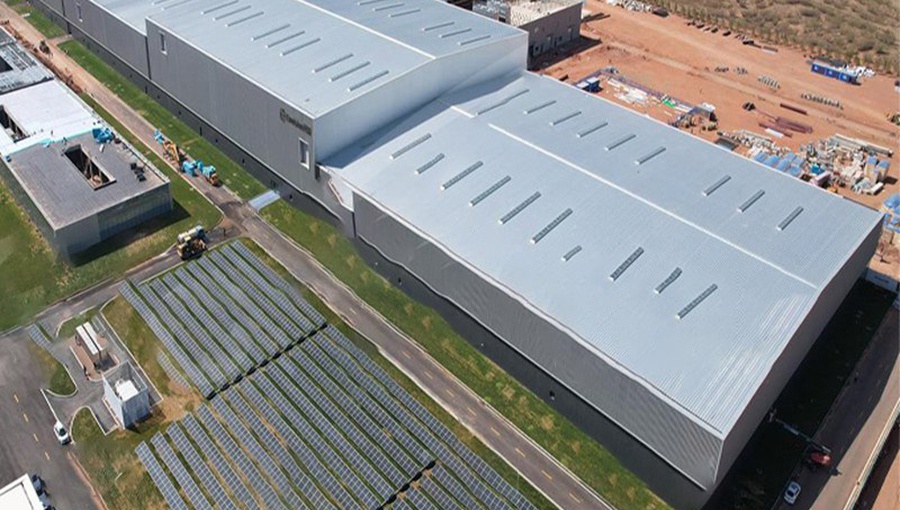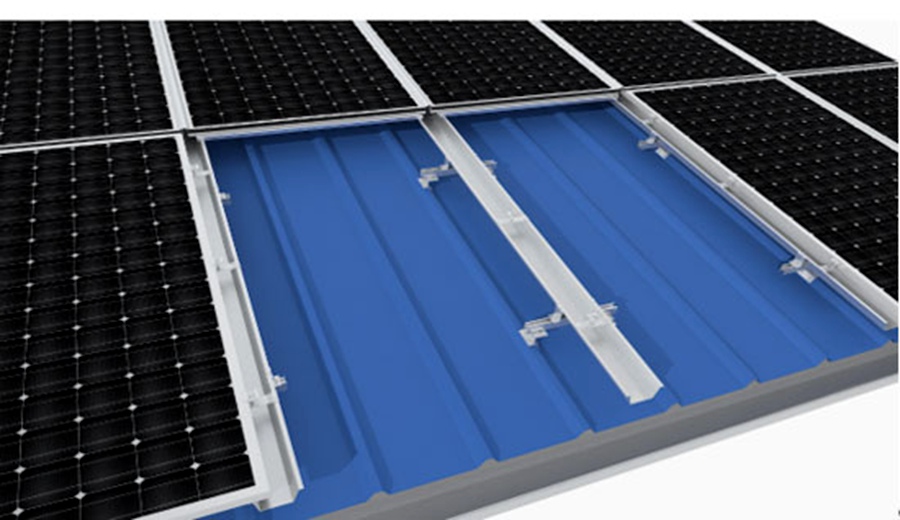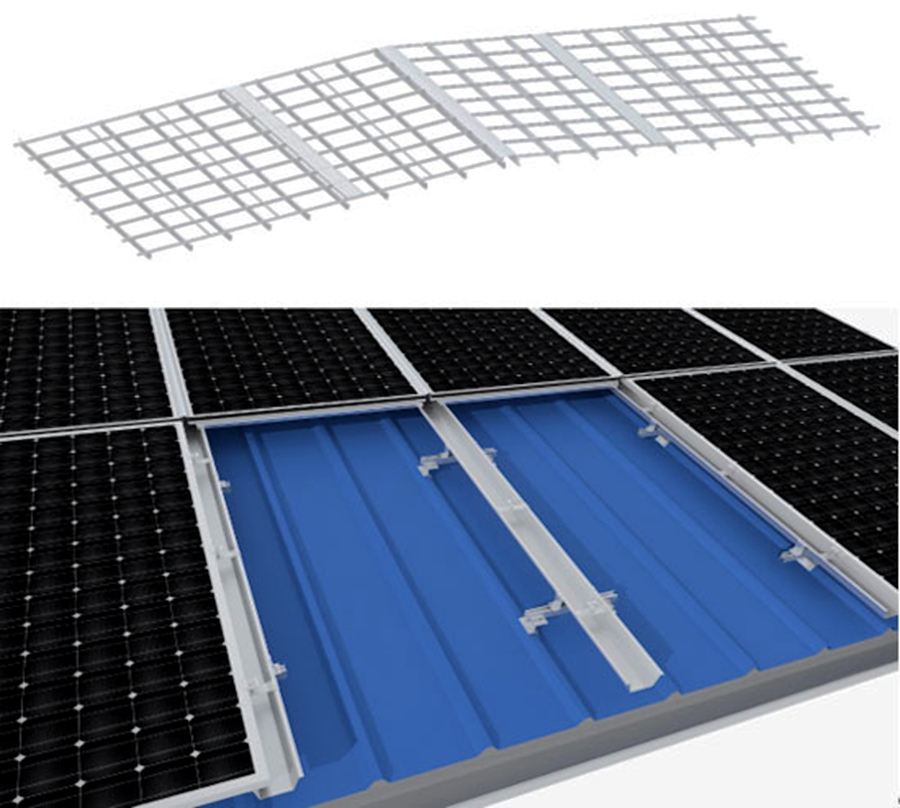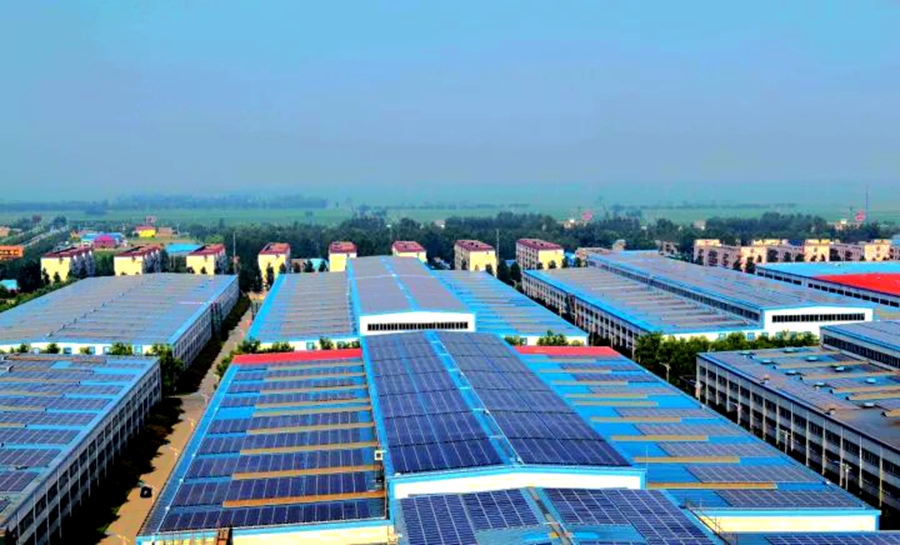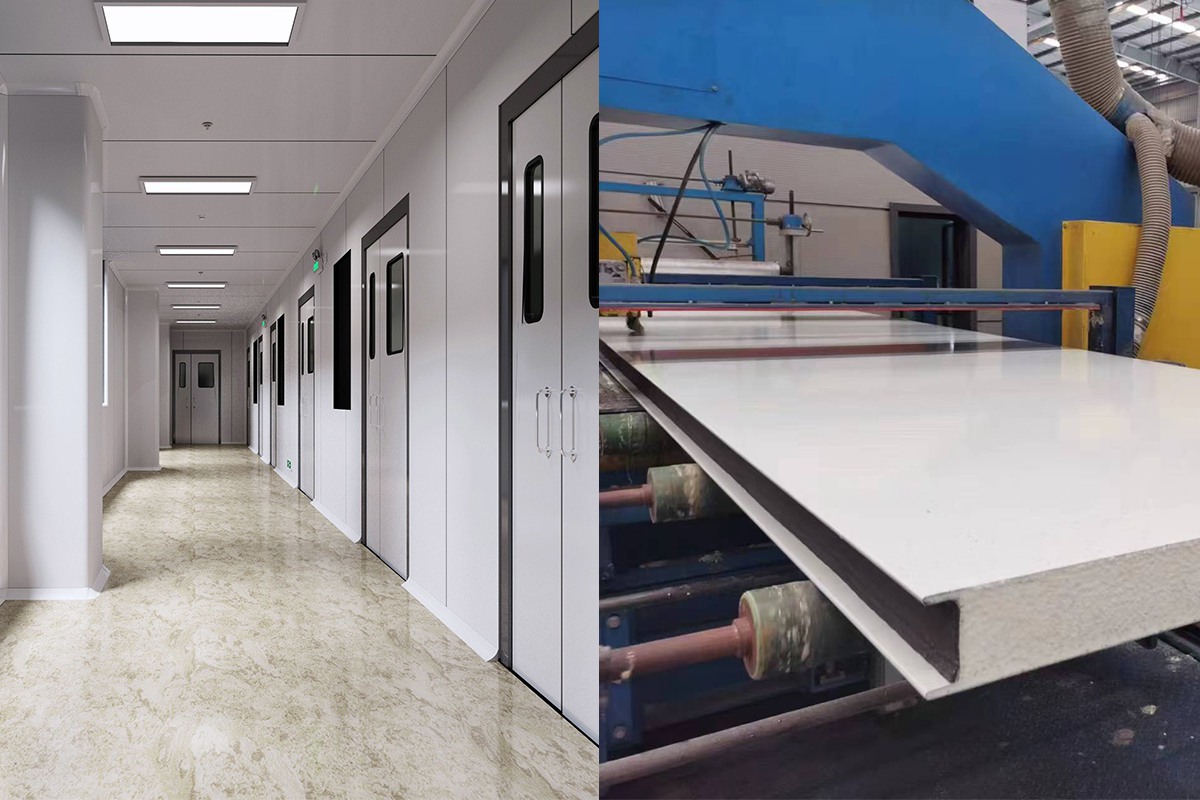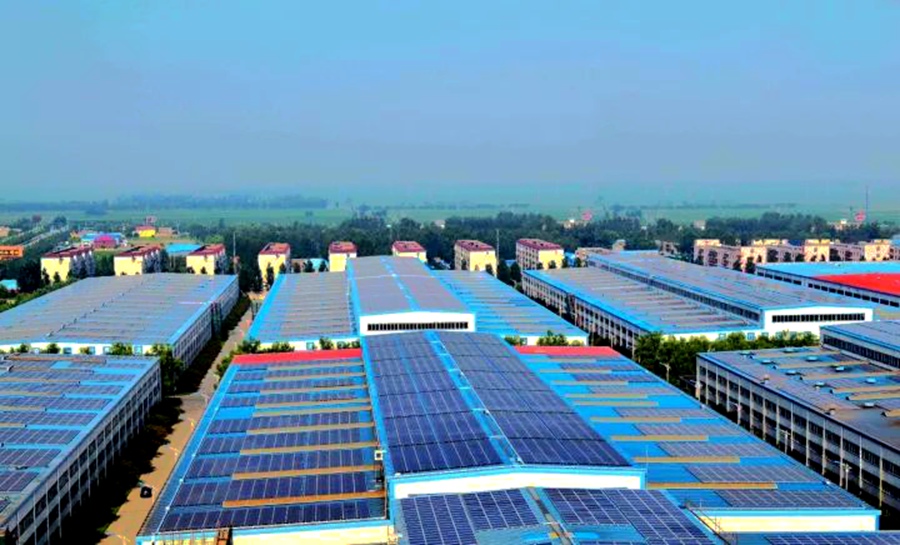Acoustic wall panels have become a go-to solution for reducing echo, improving sound quality, and enhancing interior aesthetics in both residential and commercial spaces. While the benefits of acoustic panels — especially wood slat acoustic panels — are widely recognized, it’s also important to understand their limitations.
At Guangdong Liyin Acoustics Technology Co., Ltd. ( Leeyin ) , we believe in providing full transparency about our products. As a leading manufacturer and exporter of wood slat acoustic panels in China, we are committed to delivering high-quality, eco-friendly acoustic solutions with honest insights.

🔍 Common Disadvantages of Acoustic Wall Panels
1. Limited Soundproofing Capability
Acoustic panels absorb sound, but they do not fully block sound from traveling between rooms. If you're aiming for complete sound isolation (e.g., to stop noise from entering or leaving a space), you’ll need additional soundproofing materials such as mass-loaded vinyl, double-layered drywall, or insulation.
💡 Tip from Liyin: Our PET-backed wood slat panels are excellent at reducing echo and reverberation, but we always advise clients to combine them with soundproofing strategies for full isolation.
2. Higher Initial Cost for Quality Panels
High-performance acoustic panels made with sustainable materials like E0 MDF and recycled PET felt can cost more than low-quality foam alternatives. However, they offer better durability, safety, and aesthetic value.
💡 Why Choose Liyin: As a direct manufacturer with a 20,000 m² facility, we provide factory-direct pricing, custom finishes, and OEM/ODM services to ensure you get premium value without inflated costs.
3. Installation May Require Planning
For optimal acoustic performance, panel placement matters. Installing acoustic panels incorrectly — for example, placing them in random spots — may result in limited effectiveness. Additionally, installation on certain surfaces (e.g., concrete or glass) may require professional tools or adhesives.
💡 Liyin Solution: Our panels are designed for easy installation, whether you prefer glue, screws, or mounting systems. Our team also provides guidance on best practices for placement.
4. Wall Coverage Is Often Partial
Some users expect complete acoustic transformation with minimal panel coverage. In reality, you may need to treat 20–40% of wall surfaces for noticeable results, especially in larger or more echo-prone rooms.
💡 Expert Tip: Liyin offers acoustic design support for determining the ideal panel quantity and layout based on your room size and purpose.
5. Not Always Suitable for Humid Environments
Acoustic panels made with MDF may not be ideal for areas with excessive moisture (e.g., bathrooms or outdoor spaces), as long-term humidity exposure can affect the integrity of the wood core.
💡 Our Material Choice: We use E0-grade MDF combined with PET felt, ensuring low formaldehyde emissions and enhanced structural stability. For special projects, we can also offer custom water-resistant solutions.
🎯 Why These Disadvantages Shouldn’t Deter You
While there are some limitations, the advantages of acoustic wall panels far outweigh the drawbacks — especially when you choose a trusted supplier like Guangdong Liyin Acoustics Technology Co., Ltd. With the right planning and quality materials, you can create a space that is both acoustically optimized and visually stunning.













